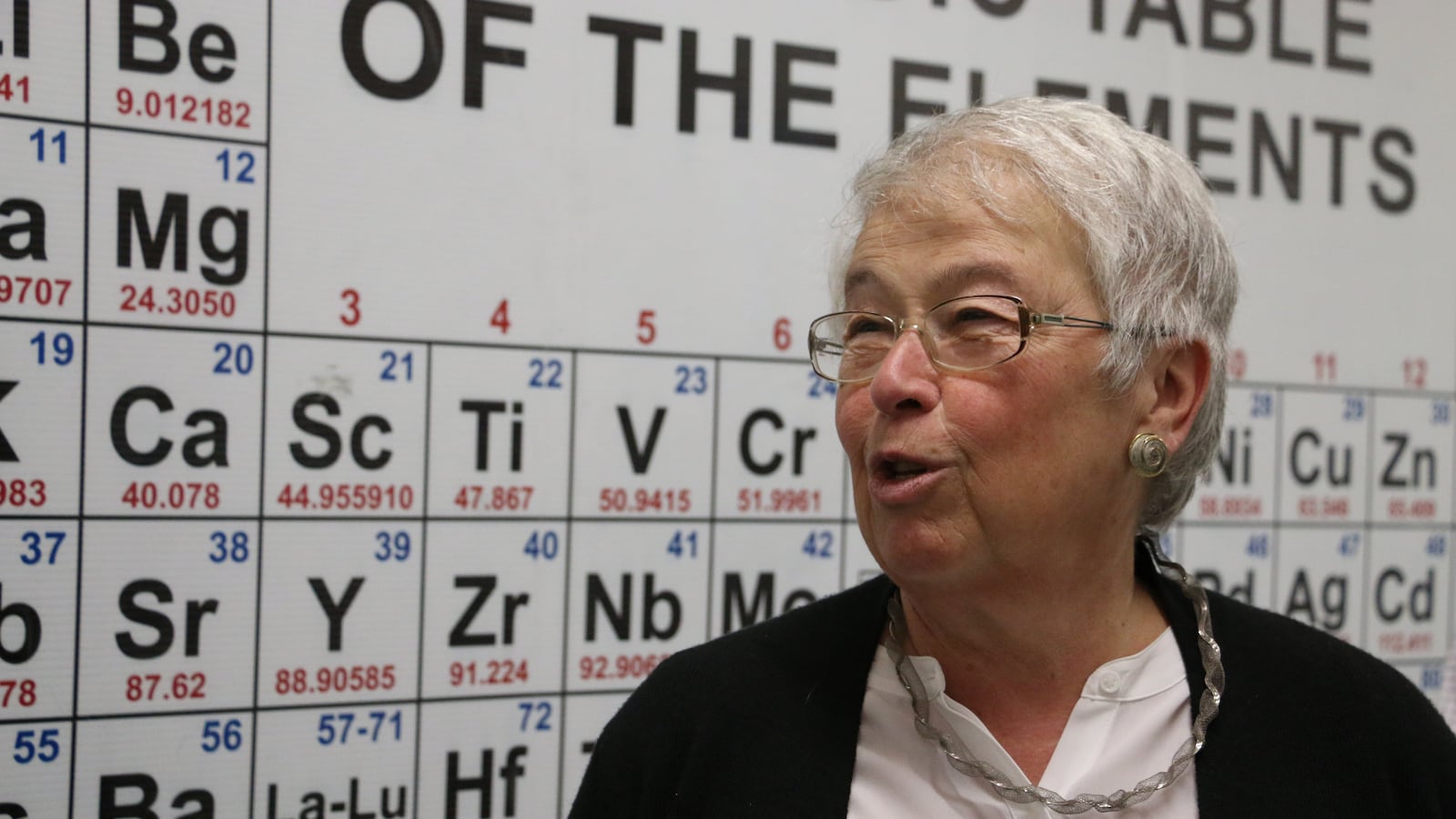City schools will soon have new science curriculum guidelines to follow, Chancellor Carmen Fariña said Monday.
Next week, the city will release a new framework for what students should be learning in science from kindergarten through high school, Fariña said. The release will come almost a year after the city retooled its social studies curriculum and developed a similar framework for teachers, and reflects Fariña’s interest in the specifics of the instruction taking place in city classrooms.
Fariña said that educators will have access to various resources over the summer to ensure that they understand the new outline, and that principals will be held accountable for following it.
“We will have workshops for teachers in social studies and science that stem around these Scope and Sequence, but the expectations will be very, very clear,” Fariña said. Schools in the city’s “Renewal” turnaround program will have even stricter oversight, she noted, referring to the writing program the city is rolling out in many of the struggling schools.
Fariña’s remarks came at a summit hosted by The Atlantic in Washington, D.C, where she also touched on her interest in working with some of the city’s independent charter schools. She is planning to attend the graduation ceremony of Broome Street Academy, a charter high school in downtown Manhattan that serves at-risk teens, many of whom are homeless or in foster care. Earlier this spring, she visited the school, calling it one of her most “inspiring” school visits.
She also mentioned that she had worked to connect another independent charter school, which she did not name, with some city training for working with English language learners, and said that she had recently met with heads of the city’s parochial schools.
Meanwhile, Uncommon Schools, one of the city’s large charter school networks, is going to be expanding its work with new teachers that it has been piloting in Brooklyn’s District 23, she said.
“All children I believe are part of New York City, and all of them are going to be the future of our city, so I work collaboratively with many of them,” Fariña said.


